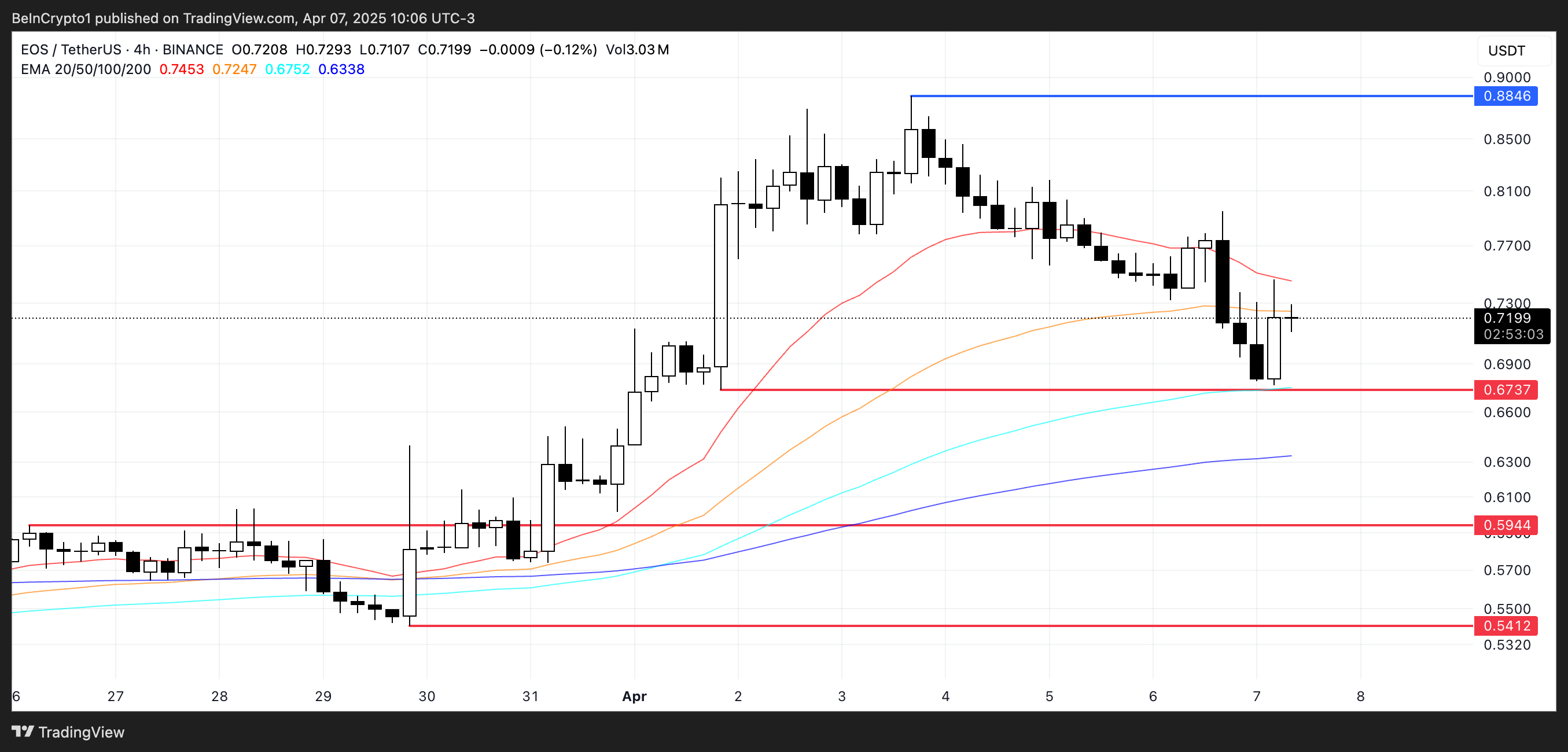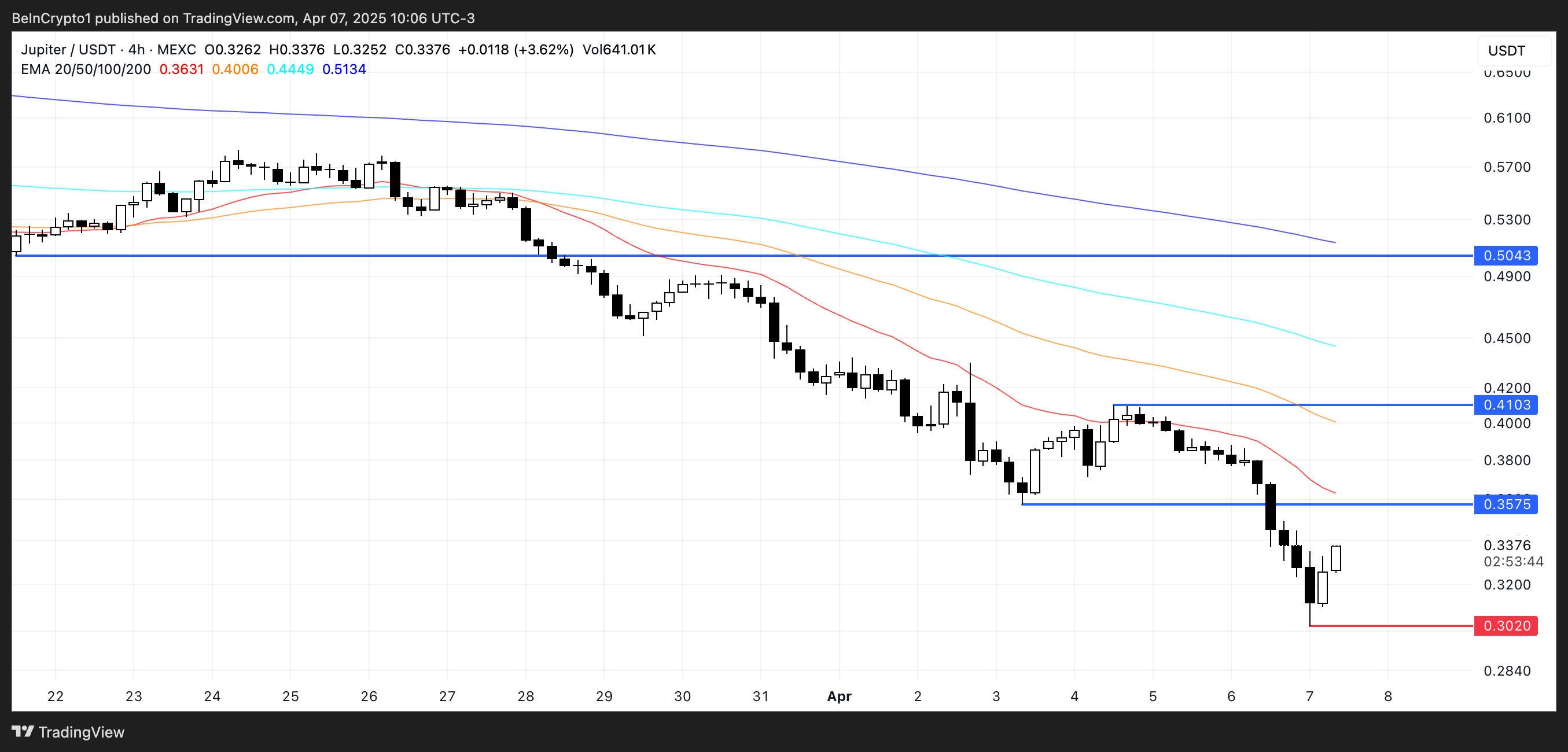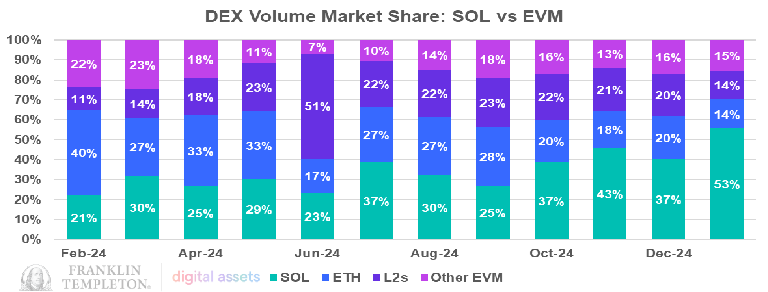In a heated legal battle shaking the cryptocurrency landscape, Proton Management, a prominent Bitcoin mining firm, has fired back against allegations made by Swan Bitcoin. The lawsuit, filed by Swan Bitcoin in the Central District of California, claims that Proton executed a calculated plan to usurp its mining business, an assertion Proton firmly denies, arguing that Swan never possessed a legitimate mining operation to begin with.
Swan Bitcoin’s Allegations
Last week, Swan Bitcoin accused Proton of orchestrating a “rain and hellfire” strategy aimed at stealing its mining operations. The lawsuit targets several former consultants, alleging they misappropriated Swan’s intellectual property to replicate its business model at Proton. According to Swan, these actions not only infringe on its rights but also threaten its standing in the competitive crypto market.
Proton’s Counterclaim
In a written response filed on Monday, Proton management countered Swan’s claims by asserting that Swan does not operate its own mining business. They clarified that what Swan refers to as its mining operations is actually a separate entity called 2040 Energy, which is funded entirely by Tether. “Swan only holds a minority stake in 2040 Energy,” the response states, suggesting that the true control lies elsewhere.
Proton further claims that the former consultants left Swan due to alleged poor management, and their transition to Proton was a natural career move rather than an act of corporate espionage. “Swan has suffered no damage by Proton’s activities,” the response asserts, maintaining that the mining firm’s operations could actually bolster Swan’s value in the 2040 Energy project.
Legal Implications
The implications of this dispute are significant for both companies. If Proton’s claims hold, it could set a precedent that complicates Swan Bitcoin’s legal strategy and raises questions about the legitimacy of its operations. The company’s insistence that no intellectual property has been stolen plays a crucial role in its request to dismiss the case. Moreover, Proton emphasizes that its operations are based entirely overseas, potentially complicating Swan’s ability to pursue legal action effectively.
Also Read: Gold Surges 1.4%, Bitcoin Drops 3% As Middle East Tensions Spike – Safe Haven Status In Question
As the cryptocurrency sector continues to evolve, disputes like this one underscore the importance of intellectual property rights and operational legitimacy in the mining space. The outcome of this lawsuit may have broader ramifications for other firms navigating similar issues in a rapidly changing landscape.










